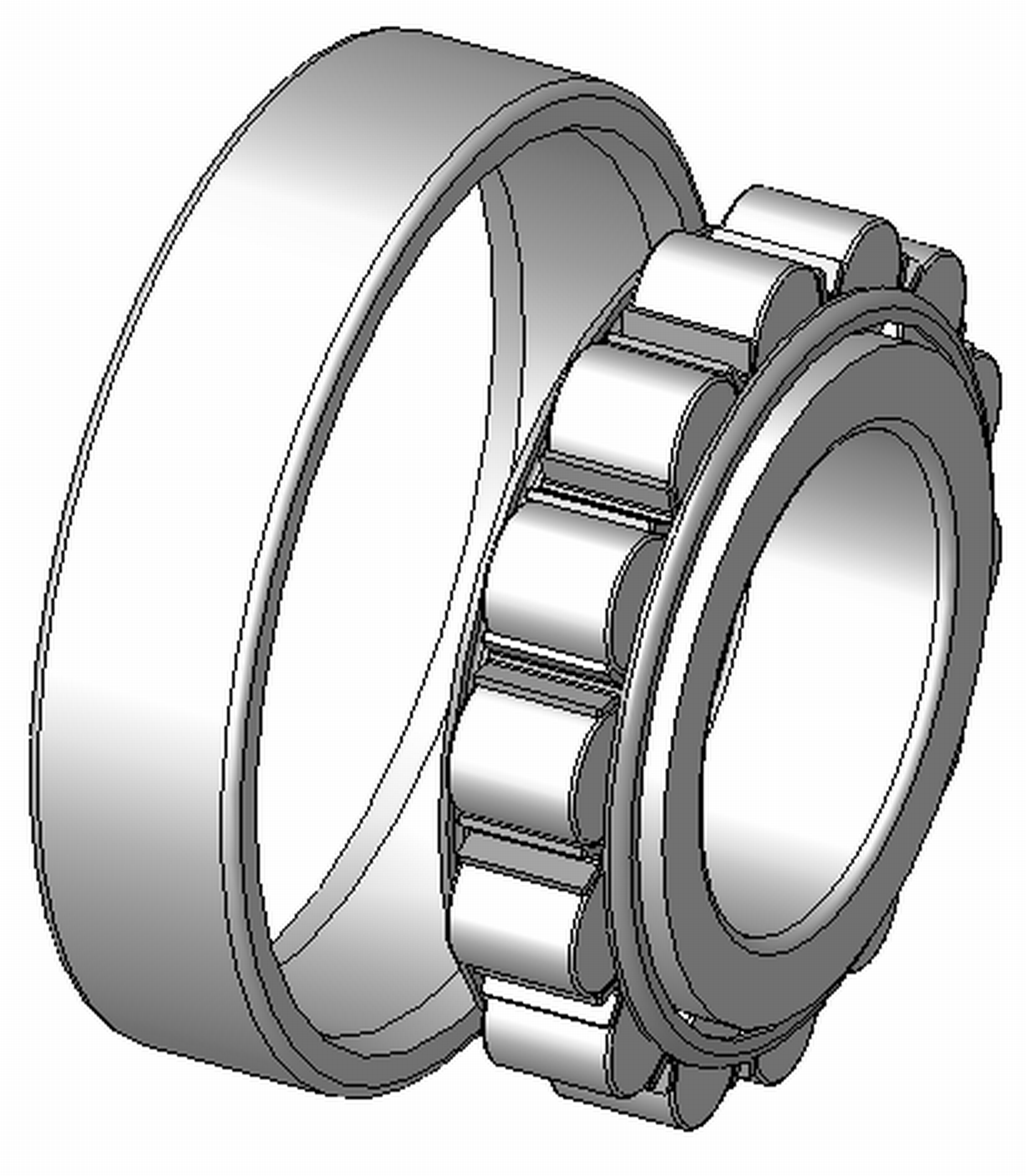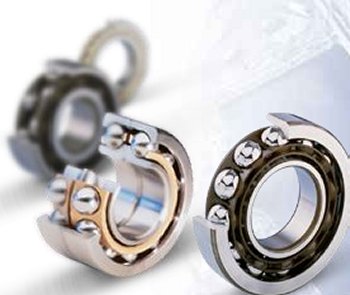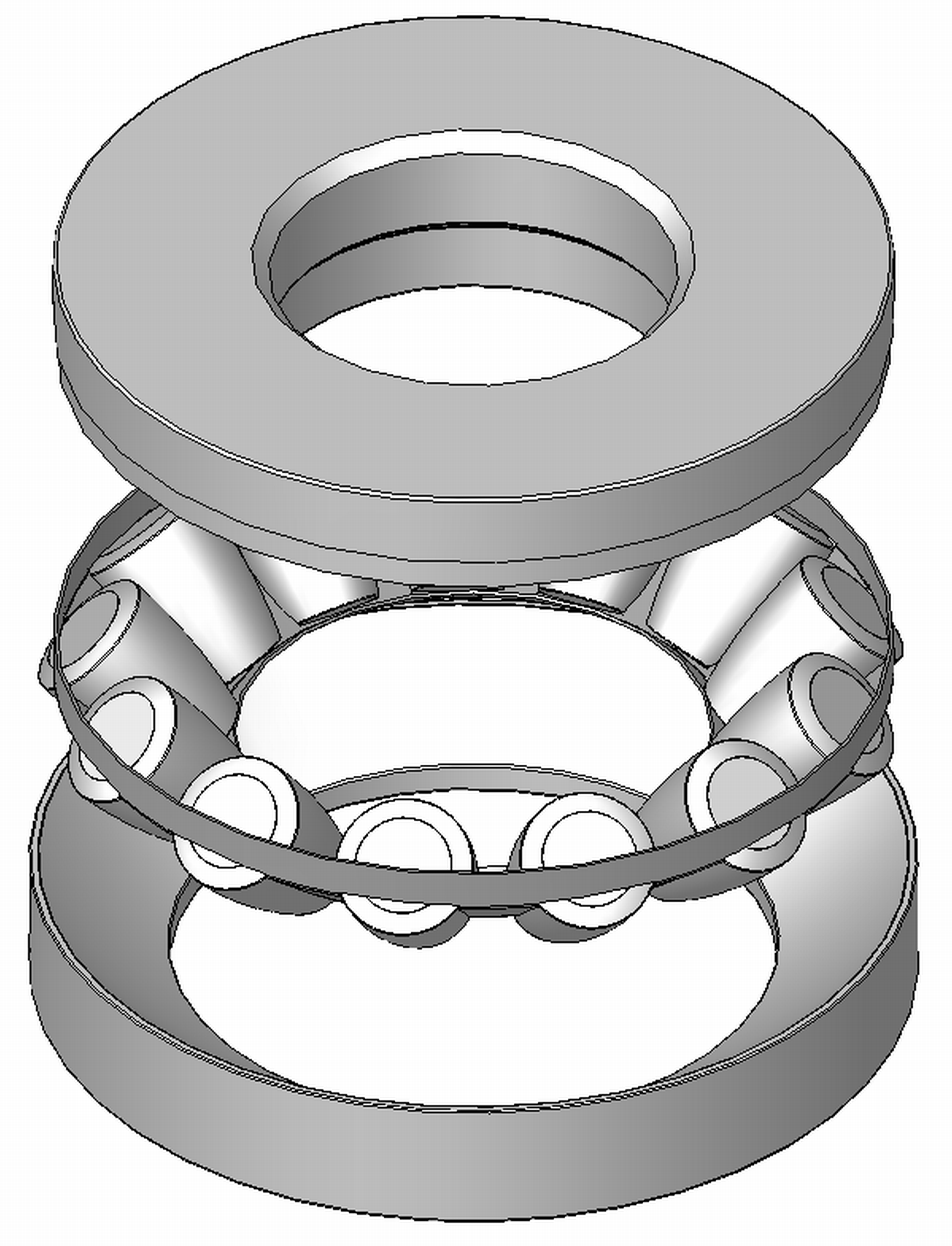FUEL PROPERTIES
Every engine is run by FUEL. The word "FUEL",in a dictionary would mean "Material such as coal, gas, or oil that is burned to produce heat or power" but in the real world i would define FUEL as "any solid, liquid or gas which has made a superabundant impact on the world's economy or in other words it is the driver of world's economy and is the prime driving source for every mode of transportation, production, communications, etc". In simple terms FUEL runs the world we live in or we can't live without fuel.
Now as Marine professionals what impact has fuel made on us?
Well the answer is simple.
Fuels run our ship i.e. fuel is the prime source for our ship's propulsion and electricity. Without fuel on board, ship is a Dead ship.
So what's all the fuss with fuel?
Unlike water as discussed in section "BOILER WATER", fuel too is full of impurities.
Before we proceed further it is important for us to know where we get our ship's fuel. To understand this let's go Back to School.
BACK TO SCHOOL
Formation of fuel is like a fairy tale which started millions and millions of years ago, where there lived tiny marine organisms who died and decomposed in the bottom of the ocean to form oil and natural gas, which drives our world today. A simple pictorial representation below will explain the entire process of formation of oil and natural and natural gas.

Now that we know from where this oil or crude oil is coming from, let's find out how and where our Marine Fuels come from.
Once this Crude oil is extracted from the under the earth, it is transported to a Refinery where it is subjected to the "REFINING PROCESS".
Lets now again have a look at a simple Refining process picture which explains it all.
 Source: eetindia
Source: eetindia
A brief description of how Refining Process works.
Refining process is a compilation of following methods:
- CRACKING - Breaking large hydrocarbons into smaller pieces which in turn is of 2 types i.e THERMAL and CATALYTIC
- UNIFICATION (Done by a process called CATALYTIC REFORMING) - Combining smaller pieces to larger ones
- ALTERATION (Done by a process called ALKYLATION) - Rearranging various pieces to form desired hydrocarbons
Now that we have understood the Refining Process, lets now take a look at the types of Marine Fuel used on board ships.
CLASSIFICATION OF FUEL FOR MARITIME USE
- HFO or MFO (HEAVY FUEL OIL) or (MARINE FUEL OIL) - This type of fuel is purely Residual oil.
- IFO (INTERMEDIATE FUEL OIL) - A blend of Heavy fuel oil and gas oil, with more of marine diesel oil and less of gas oil. IFO380 or IFO180 fuels are generally used on board ships. 380 and 180 represents the fuel viscosity. Another type of fuel which now recently has gained a lot of importance in the maritime industry is LS380 or LS180 which is Low Sulphur fuel.
- MDO (MARINE DIESEL OIL) - A blend of heavy Diesel oil which may contain small amounts of black refinery products, but has a low viscosity and as a result does not require heating and can be used in internal combustion engines
- MGO (MARINE GAS OIL) - is pure gas oil made from distillate only
Fuel properties define engine's performance, reliability, efficiency, life, and TBOs (Time between Overhauls) and fuel properties at the same time illustrate the engines impact on environment.
Lets try to understand the concept this way,
To run an engine we need to burn fuel. When we burn fuel,certain ash formation and smoke is inevitable. Now that we are burning residual fuels, formation of deposits, harmful smoke is quite natural. At this point, am sure your mind will pop with this question "Why is maritime industry not making use of fuels which are formed higher in the refinery process?"
The answer is simple. Residual fuels are very cheap compared to other distillate fuels. Also if Residual fuels were to be used in our cars, we could expect them to be very heavy and quite huge as to burn and use HFO, as fuel requires a heating plant.
So who defines the minimum standards for fuel which can be used on board?
As residual fuels are quite full of impurities, refining them to a certain level is very important, so that they give a good combustion effect and at the same time minimise effects on the enviornment. Now all this is pre- defined and regulated. Fuel on board needs to have a certain minimum specification and ISO governs these standards.
What is ISO?
ISO is International organization for standardization and is the world's largest developer of voluntary International standards. These standards help give state of the art specifications for products, services and good practice, and this helps make any industry more efficient and effective.
For any further information about ISO you can visit their website
ISO .
Now that we know what ISO lets take a look at which particular section of ISO deals with marine fuels.
ISO has developed over 19000 international standards and all these standards are included in the ISO Standards Catalogue. There are three ways to find our standard i.e Standard on Marine fuels
- Browsing by International Classification for standards (ICS)
- Browsing by Technical committees (TC)
- Search the standards catalogue using the number of standard i.e. all ISO standards are numbered
Finally, our standard for Marine Fuel is found. It's ISO 8217, where the number 8217 simply states the standard number in the standards catalogue.
Apart from fuel specifications, there are many ISO standards which outline minimum standards which must be adopted at the time of fuel testing.
Below table illustrates the fuel properties & test methods as outlined in the various ISO standards. (This table is what describes Fuel Analysis report)
Table below is for Fuel Oil.
 Source - Chevron
Table below is for Diesel Oil
Source - Chevron
Table below is for Diesel Oil
 Source - Chevron
Source - Chevron
All other parameters seem quite familier but what's with these abbrevations RMA, RMD, RME, RMB, DMX, DMA, DMZ, DMB etc?
Like MAN B&W engine designations we have Fuel designations which tell us a lot about the fuel.
Category of fuel consists of these three letters
- The first letter of this category is always the family letter which is "D" or "R". "D" is for Distillate and "R" is for Residual
- The second letter, "M" is for the application which is Marine
- The third letter X,A,B,C,....K, indicates a particular property as specified in the product specification of ISO8217
Let's now take a look at fuel properties one by as mentioned in the fuel report and its impact on engine:
- VISCOSITY - The recommended viscosity range at engine inlet is 13-17 cSt (mm2/s). The preheating temperature can be estimated from the approximate viscosity vs. temperature chart which can be found in Instructions manual. For a standard 380 cSt fuel (at 50 deg c), the fuel must be preheated to about 130 deg c. Viscosity cannot be considered a quality criterion and is stated only for handling purposes i.e. how would pumps, preheaters and centrifuges behave.
- Density at 15 deg c - Density is related to fuel quality. As stated above, we have seen that fuels are derived from extensive refinery process which imparts large amounts of carbon content, fuels become more aromatic and thus heavier. This means that fuels with higher density are high in carbon residue and asphaltenes. Density is normally measured at higher temperatures, and the density at 15 deg c is calculated on the basis of tables which, depending on their origin, date of issue, and the data on which they are based.
The next question which might crop in your mind now is
what's with this 15 deg c? Answer is simple, value stated for density is at 15 deg c. Now you may wonder why 15 deg c, why not 20 deg c? Answer to this would be it was
AMERICAN PETROLEUM INSTITUTE(API) long time back, which had set a standard for measuring density at 60 degree fahrenheit or 15.6 degree celsius. So next time if surveyor asks you why its 15 degrees you know the answer.
Density also governs the water separation ability of the fuel i.e. we adjust gravity disks on purifiers as per density.
- CCAI (CALCULATED CARBON CONTENT AROMATICITY INDEX) and CETANE INDEX - Gives a value on Ignition quality of residual fuels. CCAI gives us an idea about how much is the ignition delayed during a combustion process i.e. greater the CCAI index, longer will be the ignition delay. During the combustion process there is a delay i.e. once the fuel is injected in the cylinder it takes a while to get ignited . (This topic will be dealt with in details under section INDICATOR DIAGRAMS later only on nalinbaijal.blogspot.com) This delay however is controlled, but if the delay prolongs then a large amount of fuel is injected before the combustion starts, producing a quick and a violent raise of pressure. This produces what is called "DIESEL KNOCK". CCAI is calculated from density and viscosity of the fuel.
CETANE INDEX - Cetane Index acts as a substitute to Cetane number for diesel fuel. Cetane number is a measure of diesel fuel ignition delay which can also be defined as the period between the start of injection of fuel in the cylinder and the first identifiable pressure increase during combustion of the fuel. Higher the Cetane number, lesser is the ignition delay and lower the Cetane number higher is the ignition delay.
It is important that engine is run within specified CCAI or CI limits or other wise stresses on engine components might increase considerably and special attention needs to be paid to the following engine components:
- Connecting rod big-end bearing shells
- Piston, piston rings and liners
- Main bearing shells
- Cylinder head with studs and gaskets
- Tie Bolts
- Intake and Exhaust valves
To mitigate the effects of ignition delay or out of specification CCAI and CI, following steps are to be taken
- Keep the engine load within 50-85%
- Maintain inlet air temperature as high as possible
- Lubricating oil must be in excellent working condition as there is a possibility of compromising oil's property due to blow by (higher combustion pressures)
- SULPHUR - Sulphur content of fuel oil or diesel oil has zero impact on combustion process, but still it is one of the most important parameters in the above table.
Before we proceed further at this point it becomes important for us to understand the meaning of the term SOX.
SOX is used to indicate the general oxides of Sulphur (SO2, SO3, etc).
In diesel engines, fuel is injected in cylinder in which air is at very high pressure due to compression by moving piston. This compression raises the temperature of the air sufficiently to cause the fuel to ignite. Combustion proceeds around the periphery of the fuel spray at temperatures around 2000°C.
Oxides of sulphur are formed during the combustion process, by combination of the sulphur in the fuel with oxygen. The prime constituent of SOx is SO2. The amount of SOx formed in an engine depends primarily on the concentration of sulphur in the fuel. SOx emissions from ship engines are relatively high because they burn high sulphur content fuels. This Sulphur dioxide then rises into the atmosphere and is oxidized once again in the presence of atmospheric hydroxyl radicals to form sulphur trioxide (SO3). Sulphur trioxide reacts with atmospheric water droplets or vapors to form sulphuric acid (H2SO4) and eventually results in Acid Rain.
Recently many engine modifications and numerous law modifications were made and are still being formulated to help prevent our environment and protect human lives from impact of emissions.
Sulphuric acid can also be formed during combustion and its effects are counteracted by adequate lube oils and temperature control of the combustion chamber walls.
What does IMO say about sulphur?
In 2008 the revised Annex VI to Marpol 73/78 was adopted and required the sulphur content of any fuel used on board ships not to exceed :
• 4.50% m/m prior to 1 January 2012
• 3.50% m/m on and after 1 January 2012
• 0.50% m/m on and after 1 January 2020 or 2025,
depending the outcome of a review to be completed by 2018 to determine availability of fuel oil to comply
with the fuel oil standard. Additionally, the revised Annex VI to Marpol 73/78 restricts the sulphur content of fuel oil used on board ships operating within an Emission Control Area (ECA) to :
• 1.00% m/m on and after 1 July 2010
• 0.10% m/m on and after 1 January 2015.
Annex VI to Marpol 73/78 allows for alternative technologies/methods which are at least as effective in terms of emissions reductions. Currently adopted ECA areas are the Baltic Sea, North Sea and English Channel, the U.S. Caribbean ECA (including designated waters adjacent to Puerto Rico and the US Virgin Islands) and the North American ECA (including waters adjacent to the Pacific Coast, the Atlantic/Gulf Coast and the eight main Hawaiian Islands, extending up to 200 nautical miles from coasts of the United States, Canada and the French territories). In addition, the EU directive 2005/33/EC extended the 1.5 m/m % S limit to ferries operating to and from any EU port.
The EU directive also has set a maximum limit of 0.1 m/m % on the sulphur content of marine fuels used by ships when at berth for more than 2 hours. The process to review the EU Directive 2005/33/EC started in 2011. Therefore, the limits and requirements stated above are subject to change. In California, the Ocean Going Vessels (OGV) Clean Fuel regulation applies to OGV main diesel engines, auxiliary diesel engines and auxiliary boilers, and requires:
1) the use of marine diesel DMB:
— at or below 0.5 m/m % sulphur
— at or below 0.1 m/m % sulphur as of January 1, 2014; or
2) the use of marine gasoil (DMA/DMZ):
— at or below 1.5 m/m% sulphur prior August 1, 2012
— at or below 1.0 m/m% sulphur on and after August 1, 2012
— at or below 0.1 m/m% sulphur on and after January 1, 2014.
- FLASH POINT - Flashpoint refers to the lowest temperature at which a fuel can vaporise to form an ignitable mixture in air. Again Flash point has nothing to do with Combustion of fuel. It is a legal requirement with regard to storage of fuel and acts as a safeguard against fire only.
- HYDROGEN SULPHIDE - Fuel can also contain H2S (Hydrogen Sulphide), but in varying concentrations depending on how it is manufactured. H2S gas is pungent, colourless, highly toxic and flammable. Exposure to high levels of H2S gas can be fatal and inhalation can result in loss of life. Although the toxicity of H2S gas remains the primary hazard, lesser risks in longer term may include corrosion within bunker tanks and pipelines, and may cause damage to other system components.
- ACID NUMBER - Acid Number (AN) has been included in the standards to take into account any potential damage to marine diesel engines (primarily fuel injection equipment) due to acidic nature of fuel. Testing for AN can give indication of presence of acidic compounds. It should always be kept in mind in the event of AN exceeding limits, it may still be fit for purpose depending on nature of acid
- TOTAL SEDIMENT AGED and TOTAL SEDIMENT HOT FILTRATION - Inorganic material naturally occurring in crude oil is removed in the refinery's distillation. Some minor contamination (for example, iron oxides) of a finished heavy fuel can not be excluded. The biggest risk for sediment formation in heavy fuel is due to potential coagulation of organic material inherent to the fuel itself. The total sediment aged is the total amount of sediment that can be formed under normal storage conditions, excluding external influences. If the total sediment aged of the heavy fuel oil markedly exceeds the specification value (0.10% m/m maximum) for all grades of IFOs and HFOs), problems with the fuel cleaning system can occur, fuel filters can get plugged and combustion can become erratic. The total sediment by hot filtration is measured on all DMB category products that fail the visual inspection which requires the sample to be bright and clear. Organic type sediment can occur in DMB marine diesel and in intermediate fuel oils. The cause of the formation of organic sediment is due to the thermal cracking of the heaviest molecules of crude. Asphaltenes, the heaviest molecules of crude, can be made unstable by thermal cracking, and therefore must be carefully monitored by the refineries. The asphaltene sediment formation is a function of time and temperature (excluding external influences), and an unstable fuel will only reach its final sediment formation after a certain storage time. The sediment present in a sample of heavy fuel at a particular moment if is given by the total sediment by hot filtration test, than there is no certainty that this figure corresponds to the condition of the bulk of the fuel at that same time. The total sediment aged test shows the total amount of sediment that can be formed under normal storage conditions, excluding external influences.
- CARBON RESIDUE, MICRO - Carbon residue is determined by a laboratory test which is performed under specified reduced air supply. It has nothing to do with combustion conditions in an engine. It gives an indication of the amount of hydrocarbons present in the fuel which have difficult combustion characteristics. In Micro carbon residue method a weighed quantity of sample is placed in a glass vial and heated to 500℃ under an inert (nitrogen) atmosphere in a controlled manner for a specific time. The sample undergoes coking reactions and volatiles formed are swept away and reported as a percent of the original sample as “carbon residue (micro).” Micro Method offers advantages of better control of test conditions, smaller samples, and less operator attention. Micro Carbon Residue method gives a measure of the tendency of the fuel to form carbon deposits. This test is more advantageous than Conradson Carbon Residue Test and as a result Micro Carbon Residue method is mainly adopted.
- POUR POINT and CLOUD POINT- Pour point is the lowest temperature at which a fuel will continue to flow when it is cooled under specified standard conditions. This property is used in determining at what minimum temperature fuel should be stored and pumped. Temperatures below Pour Point can result in wax formations. Cloud Point is for distillate fuels(diesel) and is the measure of temperature at which clear distillate fuel becomes cloudy due to the formation of wax crystals. Compliance with this parameter ensures that the fuel is suitable for use in ambient temperatures down to -15 deg c without heating the fuel.
- WATER - Water in fuel is a contaminant and is not a good sign. The percentage of water in the fuel can be translated into a corresponding energy loss . Water is removed onboard the vessel by centrifugal purification. If after purification, the water content remains too high, water vapor lock can occur and pumps can cut out. If water-contaminated fuel reaches the injectors, combustion can be erratic. Water in fuel that remains standing in lines for a longer period can cause corrosion. If fuel is contaminated by sea water than salt in fuel amy cause sodium deposits on valves and turbochargers. If water cannot be removed by centrifuging than homogenising is recommended.
- ASH - The ash content is a measure of the metals present in the fuel, either as inherent to the fuel or as contamination. Part of ASH could be catalytic fines. Heavy cycle oil is used worldwide in complex refining as a blending component for heavy fuel. Mechanically damaged catalyst particles (aluminum silicate) cannot be removed completely in a cost-effective way, and are found in blended heavy fuel. Fuel treatment onboard ships has a removal efficiency of approximately 80% for catalytic fines which can cause abrasive wear of fuel pumps, injectors and cylinder liners. Also placing a fine filter after the centrifuge can prove quite effective.
- VANADIUM and SODIUM - Vanadium is bound in chemical complexes in the fuel and as a result it cannot be removed. Vanadium deposits are very hard and may cause extensive damage to turbocharger nozzle ring and turbine wheel. The only way to remove vanadium deposits is to disassemble the components and erase the deposits mechanically. Sodium as mentioned above is present in fuel as salt or sea water contamination and can be removed by centrifuging. Vanadium and Sodium in combination can lead to exhaust valve corrosion and turbocharger deposits. This can occur if the weight ratio of sodium to vanadium exceed 1:3, and especially when there is high vanadium content in fuel. Magnesium, either present in the fuel due to salt water contamination or added intentionally via additives can, to some extent increase the melting point of vanadium and thus preventing the formation of deposits.
- ALUMINIUM AND SILICON (AL+Si) - Limit of AL and Si has been introduced in order to restrict the content of catalytic fines mainly AL2O3 and SiO2, in oil. Catalytic fines as mentioned earlier give rise to abrasive wear, and their content can can be reduces by centrifuging or by placing a fine filter after the purifier.
- USED LUBRICATING OIL (ULO) - The use of used lubricants (predominantly used motor vehicle crankcase oils) in marine fuels first surfaced as a potential problem in the mid-1980s. Calcium, zinc and phosphorous are considered main elements of Used Lubricating Oils. A fuel oil is considered to contain ULO when either calcium and zinc or calcium and phosphorus exceed the limits as stated in the tale above. This, however, does not necessarily imply that the fuel oil is not suitable for use. Generally, 10 mg/kg Zn corresponds to approximately 1% used oil in the fuel.
References
MAN B&W, CHEVRON, WIKIPEDIA.
A word from nalinbaijal.blogspot.com
After writing this post, I can only say that your comments and likes are the fuel that drives me to write more and help more mariners appearing for examinations and broaden your horizon of knowledge. So please contribute and lets try to help each other.
It has been rightly said
Coming together is a beginning
Keeping together is progress
Working together is success
So come on my fellow engineers let's contribute!!!!!






































